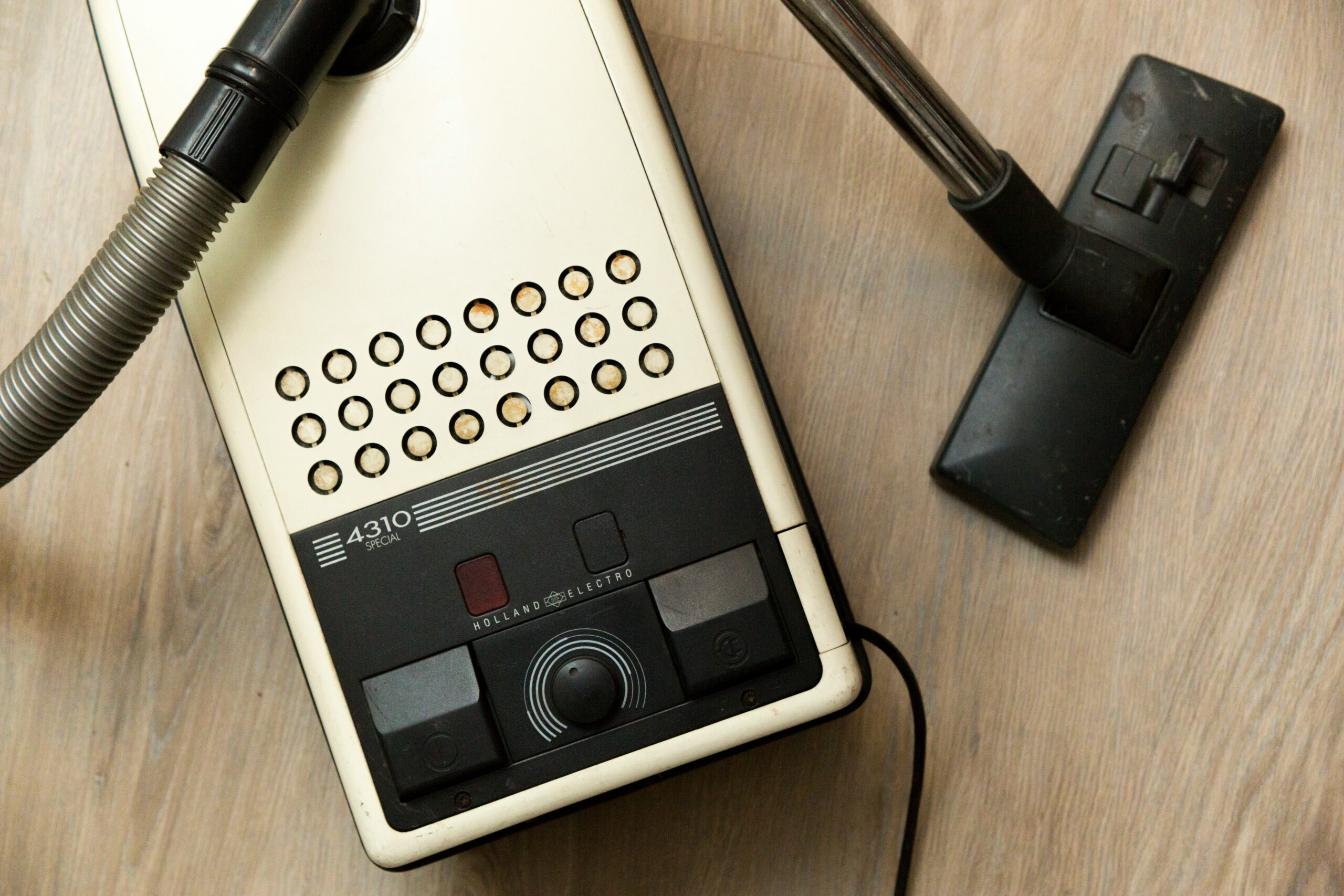Allergy sufferers understand the constant battle of keeping their living spaces free of dust, pet dander, pollen, and other airborne irritants. While conventional vacuum cleaners can pick up visible debris, many fail to adequately trap microscopic particles, often releasing them back into the air. The Lura Vacuum Cleaner stands apart by leveraging water-based filtration technology that effectively captures even the tiniest allergens, making it an ideal solution for people dealing with allergies and asthma.
1. Advanced Water Filtration System Unlike traditional vacuums that rely on disposable bags or HEPA filters, the Lura Vacuum Cleaner uses a water-based system that traps dust, dirt, and allergens in water. As air passes through the water basin, airborne pollutants are effectively captured and contained, preventing them from re-entering your indoor environment.
2. Removes Microscopic Particles The Lura is capable of capturing particles as small as 0.3 microns, including pollen, pet dander, and mold spores — primary culprits behind allergic reactions. This ensures a thorough cleaning experience, providing relief for individuals sensitive to common indoor pollutants.
3. Dual Functionality: Vacuum and Air Purifier Beyond its vacuuming capabilities, the Lura also functions as an air purifier. While cleaning, it simultaneously washes the air, removing floating allergens and freshening the indoor environment. This dual function makes it an efficient, health-conscious choice for homes in urban and humid climates like Singapore.
4. Ideal for Pet Owners Pet hair and dander are major triggers for allergies. The Lura Vacuum Cleaner features specialized attachments designed to deep-clean upholstery, carpets, and mattresses, ensuring pet fur and allergens are thoroughly removed from your living space.
5. No Disposable Bags = No Residue Since Lura uses water instead of disposable dust bags, there’s no risk of allergen residue being released when emptying the container. All dirt and contaminants are sealed within the water, making disposal both hygienic and mess-free.
6. Recommended by Allergy Specialists Many healthcare professionals and allergy specialists endorse water-based vacuum cleaners like Lura for their superior ability to maintain clean indoor air. Their effectiveness in reducing common triggers helps create safer, more breathable environments for allergy sufferers.
7. A Proven Solution for Singaporean Homes Singapore’s tropical, humid climate exacerbates indoor dust mite and mold problems. The Lura Vacuum Cleaner addresses these issues directly, earning its place as one of the most effective cleaning solutions for health-conscious households in the region.
Discover More at Lura Singapore To learn how the Lura Vacuum Cleaner can transform your home into a healthier living space, visit the official Lura Singapore website for detailed product information, features, and to schedule a demonstration.
Conclusion If you’re seeking an effective, health-friendly solution to manage indoor allergies, the Lura Vacuum Cleaner offers unmatched air purification and allergen removal. Its water-based filtration system, dual-purpose functionality, and advanced attachments make it a wise investment for families and individuals striving for a cleaner, safer home.
How the Lura Vacuum Cleaner Improves Indoor Air Quality in Singapore Homes
In a densely populated, humid country like Singapore, indoor air quality is often overlooked, yet it plays a critical role in our overall health. Many people assume that closing windows and using air conditioning keeps their home air clean. In reality, pollutants accumulate indoors—from dust mites and pet dander to mold spores and volatile organic compounds (VOCs). This is where the Lura Vacuum Cleaner stands out.
Unlike traditional vacuums that stir up dust or fail to trap microscopic particles, the Lura Vacuum Cleaner is designed with indoor air quality in mind. It’s not just a cleaning appliance—it’s a health-enhancing system tailored to modern living.
1. The Unique Challenge of Singapore’s Indoor Air Singapore’s urban setting brings with it high traffic pollution, construction dust, and mold-prone humidity. On top of that, many homes are sealed environments with air-conditioning running most of the day. Without natural ventilation, indoor pollutants become trapped and recirculated—triggering allergies, asthma, and respiratory discomfort.
The Lura Vacuum Cleaner offers a proactive solution by not only cleaning your floors but also improving the air you breathe. Its advanced water-based filtration system is uniquely suited for Singapore’s climate, providing consistent air-washing performance.
2. Water-Based Filtration That Captures the Unseen Most conventional vacuum cleaners use bag or HEPA filters. While effective to a degree, they struggle with very fine particles and tend to clog over time, reducing efficiency. The Lura, however, uses a water-based filtration system that traps allergens and contaminants in water—ensuring they don’t escape back into your environment.
Dust, pet hair, pollen, and even bacteria are captured in a swirling water bath, preventing recontamination. This is particularly beneficial for families with children, elderly members, or allergy sufferers who need clean air throughout the day.
You can learn more about Lura’s filtration technology on the official Singapore website.
3. Continuous Air Washing Mode Beyond vacuuming, the Lura Vacuum Cleaner also acts as a 24/7 air washer. Simply fill the basin with water and switch the machine to air purification mode. This allows you to continuously cycle and clean the air in your living room, bedroom, or office.
This function becomes especially valuable during haze season in Singapore or when indoor air feels stale due to prolonged use of air conditioning. By removing airborne pollutants and adding gentle humidity, Lura transforms the indoor environment into a cleaner, more breathable space.
4. Essential Oil Diffusion for a Healthier Atmosphere A unique feature of Lura is its aroma diffusion capability. Users can add a few drops of essential oils into the water basin to infuse the air with calming, invigorating scents like eucalyptus, peppermint, or lavender. Not only does this enhance mood, but many essential oils also have antimicrobial properties, which support air purification efforts.
Unlike air fresheners that contain chemicals, this natural method of scenting your space is both safe and therapeutic—ideal for families and pets.
5. Dust Mite and Allergen Elimination In a humid climate, dust mites thrive in mattresses, upholstery, and carpets. These microscopic pests are among the leading causes of allergies and asthma. With its powerful suction and deep-cleaning tools, the Lura Vacuum Cleaner excels at removing dust mites from soft furnishings—significantly reducing allergen exposure indoors.
Singaporean homes using Lura regularly report reduced allergy symptoms and less reliance on medication. The difference is not just felt—it’s seen in the clarity of the water basin after a single cleaning session.
6. No Filter Clogs or Bag Replacements Another way Lura helps indoor air quality? It maintains consistent performance. Traditional vacuums often lose suction power when their filters clog or bags become full, causing fine dust to escape. Since Lura uses water as a filter medium, there’s no risk of clogging or suction loss—ensuring a powerful clean every time.
Just empty the water after each use, and you’re good to go. This simple, low-maintenance process makes Lura ideal for busy households that want efficiency without compromise.
7. Removes Mold Spores and VOCs from the Air Singapore’s moisture-rich environment can foster mold growth, especially in bathrooms and poorly ventilated areas. Mold spores not only damage property but also cause respiratory issues. The Lura Vacuum Cleaner captures these spores in water, reducing their spread and presence in the air.
Additionally, Lura is effective against VOCs—chemical compounds emitted from paint, furniture, and cleaning products. These invisible pollutants can irritate eyes, nose, and throat. By purifying the air, Lura acts as a frontline defense against indoor chemical exposure.
8. Child and Pet-Friendly Indoor Cleaning Traditional vacuums can sometimes release hot air, unpleasant smells, or even fine dust particles during operation. Lura’s water basin traps odors and fine particles while emitting cool, clean air—making it safer for infants, children, and pets.
Parents in Singapore who use the Lura system often notice fewer respiratory issues in their children, particularly when used in bedrooms and nurseries.
9. Creating a Holistic Home Wellness Routine Integrating the Lura Vacuum Cleaner into your home routine supports a complete indoor wellness strategy. Use it to clean air before bed, refresh living spaces during the day, and purify the environment while cooking or during haze episodes. It’s a tool that works beyond “cleaning”—it’s about daily health protection.
To explore how you can create a healthier indoor lifestyle, visit Lura.sg and schedule a product demo or consultation.
10. Final Thoughts: Breathing Easier Starts at Home The air we breathe has a direct impact on how we feel, sleep, and function. With the Lura Vacuum Cleaner, you’re not just cleaning surfaces—you’re cleaning the very air that fills your home. Especially in Singapore, where outdoor air quality and humidity create unique challenges, Lura stands out as a smart, all-in-one solution.
From reducing allergens and odors to capturing mold spores and VOCs, the Lura system helps transform your home into a sanctuary of clean, breathable air. And unlike traditional vacuums, it does this all with water—nature’s most powerful and sustainable filter.
Ready to breathe easier? Explore more at lura.sg and experience the difference in every breath.

